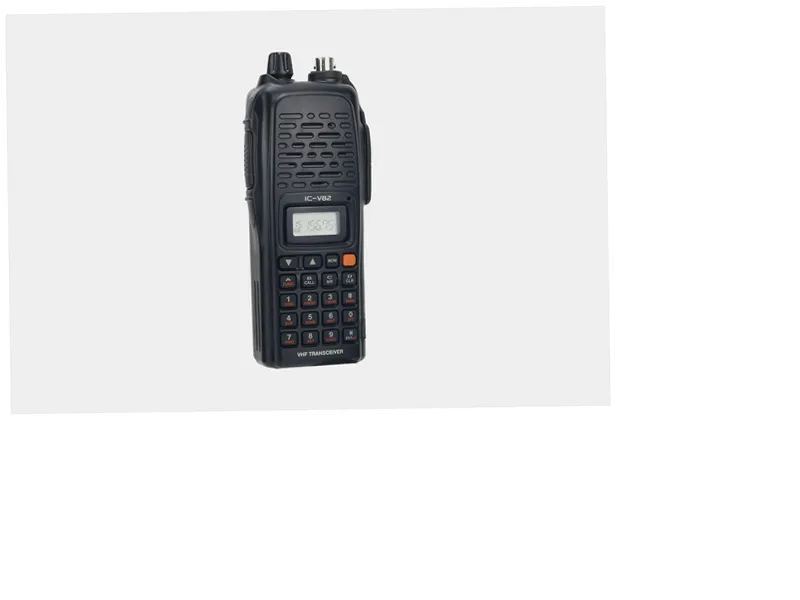The Revolutionary Invention of Walkie-Talkies
The walkie-talkie is a groundbreaking portable communication device that has transformed the way we communicate, especially in critical situations. Originally invented before World War II, it allows users to send and receive voice messages through radio waves. The term 'walkie-talkie' itself reflects its portability, derived from the English verbs 'walk' and 'talk'. This device has evolved significantly since its inception, becoming a vital tool in various fields such as military, security, and emergency services.
Historical Significance and Development
The first walkie-talkie was created in 1937 by Canadian physicist Donald Hingis, who developed a dual radio system enabling two-way communication. This invention came at a time when communication devices were bulky and required Morse code, making them impractical for on-the-move conversations. During World War II, Motorola further advanced this technology, producing lightweight radio units that soldiers could carry, facilitating effective communication in the field. The portable walkie-talkie became indispensable, allowing for rapid responses and coordination in challenging environments.
Modern Applications and Advancements
Today, walkie-talkies operate on radio frequencies and do not rely on the Internet, making them reliable in areas with poor connectivity. They can function effectively within a range of 30 to 45 kilometers and are designed for extended use with long-lasting batteries. Besides military applications, walkie-talkies are crucial for security companies, emergency medical teams, and construction crews, providing a simple yet effective means of communication. While they can be tracked, the process is complex and requires advanced technology to intercept radio waves. Their continued evolution ensures they remain a relevant tool in various sectors, adapting to the needs of modern communication.





